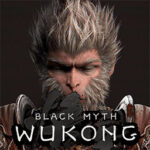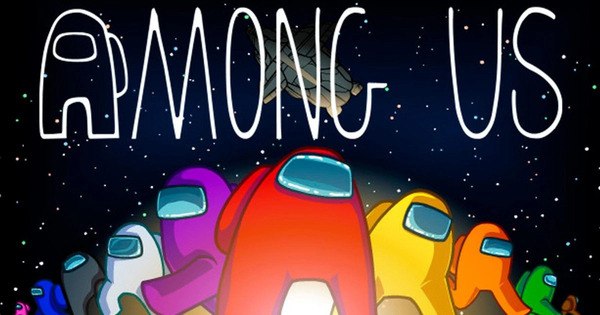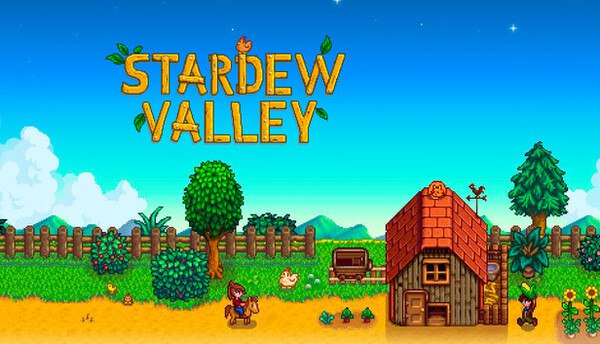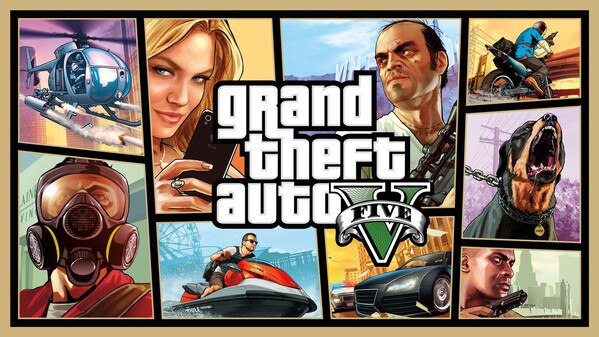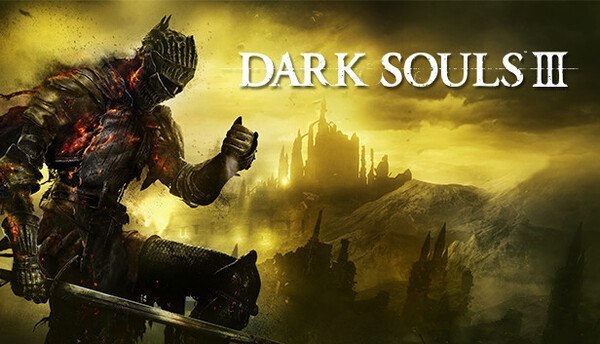League of Legends, often abbreviated as LoL, is much more than just a video game. Since its release in 2009, it has grown into one of the most influential and widely played multiplayer online battle arena games in the world. Combining strategic depth, competitive intensity, and a vibrant community, League of Legends has reshaped the landscape of online gaming and esports. This article explores the game’s rich history, its impact on the esports scene, evolving gameplay, and the cultural significance that continues to make it a powerhouse in the industry.
-
The Birth of League of Legends: Origins and Early Development
League of Legends was developed by Riot Games, founded by Brandon Beck and Marc Merrill, who were inspired by the Warcraft III mod Defense of the Ancients. Their goal was to create a standalone game that would refine and popularize the MOBA genre, making it accessible to a broader audience while maintaining strategic complexity.
When it launched in October 2009, League had a modest roster of around 40 champions and focused on the iconic map, Summoner’s Rift. Its free-to-play model, supported by cosmetic purchases, allowed it to attract a growing player base quickly. Riot Games established a pattern of consistent updates and community involvement, which became foundational to the game's enduring success.
-
The Formation of Competitive Play and Early Meta Development
As the player base expanded, Riot introduced ranked matchmaking to give players a structured way to compete and improve. The game’s team-based 5v5 format solidified the roles of top laner, jungler, mid laner, ADC (attack damage carry), and support, each with specific responsibilities and strategic value.
This period saw the emergence of the “meta” — a set of prevailing strategies, champion picks, and item builds that defined optimal play. Players and teams experimented with different approaches, with Riot continuously patching the game to balance champions and encourage diversity in playstyles.
-
Expanding the Game Globally: Regional Leagues and International Tournaments
League of Legends quickly outgrew its initial Western audience, as Riot launched servers worldwide, including in Europe, South Korea, China, and Latin America. Regional leagues like the LCS in North America, the LEC in Europe, the LCK in Korea, and the LPL in China were established, creating structured competitive ecosystems.
The 2011 World Championship marked the beginning of an international tournament tradition. Initially modest in scale, these championships grew exponentially, bringing together the best teams from around the globe and solidifying League’s position as a leading esport.
-
The Rise of Esports: From Community Game to Global Spectacle
League of Legends became a global esport powerhouse by the mid-2010s. The 2013 World Championship held in Los Angeles drew over 30 million viewers worldwide, showcasing the game’s immense popularity beyond just players.
Professional players like Faker from South Korea became esports legends, inspiring fans and aspiring pros alike. Riot Games’ investment in franchised leagues, player welfare, and event production elevated esports to a professional level on par with traditional sports.
-
Gameplay Evolution: Champion Diversity and Balancing Acts
One of League’s hallmarks is its extensive roster of champions, now numbering over 160, each with unique abilities and lore. Riot continuously reworks older champions and introduces new ones to keep gameplay fresh and balanced.
The bi-weekly patch cycle allows Riot to tweak gameplay, adjust items, and respond to community feedback. This dynamic environment demands adaptability from players and teams, preventing stagnation and keeping the competitive scene vibrant.
-
The Story of Runeterra: Building a Living Game Universe
Unlike many competitive games, League of Legends boasts a rich narrative universe known as Runeterra. This world is divided into various regions, each with distinct cultures and histories that tie into the champions’ backgrounds.
Riot has expanded the lore through multiple media channels, including comics, animated shorts, and the critically acclaimed Netflix series Arcane. These efforts deepen player engagement by providing context and emotional resonance beyond gameplay mechanics.
-
Community Engagement and Content Creation
The LoL community is one of the largest and most creative in gaming. Fans contribute with fan art, guides, stream content, and cosplay, enriching the ecosystem around the game.
Riot actively supports this creativity through events, official showcases, and partnerships with content creators. This vibrant community engagement plays a crucial role in sustaining the game’s relevance and player loyalty.
-
Monetization: Balancing Revenue with Player Experience
League of Legends follows an ethical free-to-play model. Players can access the entire roster of champions without paying but have the option to purchase cosmetic items such as skins, ward skins, and emotes.
This monetization strategy avoids pay-to-win dynamics, ensuring gameplay fairness. Riot’s continuous release of high-quality cosmetics also generates substantial revenue, funding the ongoing development and esports infrastructure.
-
Challenges and Controversies: Toxicity and Complexity
Despite its success, League of Legends faces notable challenges. Player toxicity, including verbal abuse and unsportsmanlike behavior, remains a persistent issue. Riot has implemented tools like the Honor system, chat restrictions, and automated penalties to mitigate this, with varying degrees of success.
The game’s complexity and steep learning curve can be daunting for newcomers. Furthermore, balancing such a vast roster is an ongoing challenge, sometimes resulting in dominant meta strategies that frustrate players seeking variety.
-
The Future of League of Legends: Innovation and Expansion
Looking forward, Riot Games is expanding the League ecosystem through new projects such as Teamfight Tactics, a strategic auto-battler, and Wild Rift, a mobile and console adaptation of LoL. These extensions aim to reach new audiences and platforms.
Riot is also investing in technology enhancements like AI coaching tools and improved spectator experiences. The company’s commitment to evolving both gameplay and community features suggests that League of Legends will remain a major player in gaming for years to come.
Conclusion
League of Legends stands as a remarkable example of how a game can grow from a simple concept into a global cultural phenomenon. Its blend of competitive depth, expansive storytelling, and strong community engagement has created an enduring legacy. While challenges like toxicity and complexity remain, the game’s continuous evolution and Riot’s dedication ensure it remains vibrant and relevant. League of Legends has not only shaped the MOBA genre but has also significantly impacted esports, storytelling in games, and online community building, making it a defining title of modern gaming.











